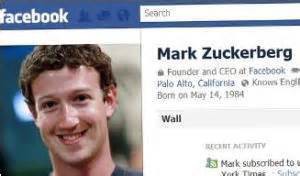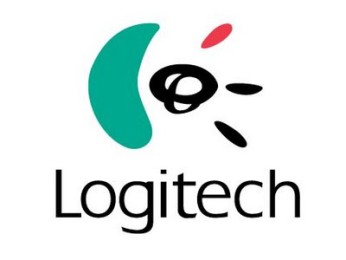 LG is closely collaborating with the Korean government to promote local manufacturing of OLED displays in a move which could see the cost of the technology fall.
LG is closely collaborating with the Korean government to promote local manufacturing of OLED displays in a move which could see the cost of the technology fall.
LG announced yesterday that it was investing $10 billion in its flexible OLED and big-screen TV manufacturing and hoped to create an ‘OLED Value Chain’ to lower the currently high price of OLED displays.
OLED TVs are only produced by LG because of that manufacturing cost, is so high it makes the incredible image quality too expensive.
However the Korean government is concerned that South Korea’s decades-long leadership in displays is being challenged by the rapid rise of Chinese companies,
LG Display’s CEO, Han Sang-beom, told delegates at an event in Paju that industry growth was flattening. Threats from China are urging the country to find something new.
“I believe OLEDs are the right solution to help the country lead its rivals in the battle for next-generation displays,” he said.
The Korean government has identified OLED as a key export item for the country and the Korean trade ministry is set to provide serious tax incentives when purchasing equipment for OLED production from local suppliers.
LG believes this expansion in OLED manufacturing will create hundreds of thousands of jobs and provide around $35bn worth of production.
Korean trade minister, Yoon Sang-jick said that the Korean government will be active in providing more supportive measures to help the country maintain continued leadership in the global display industry even in OLEDs.




















